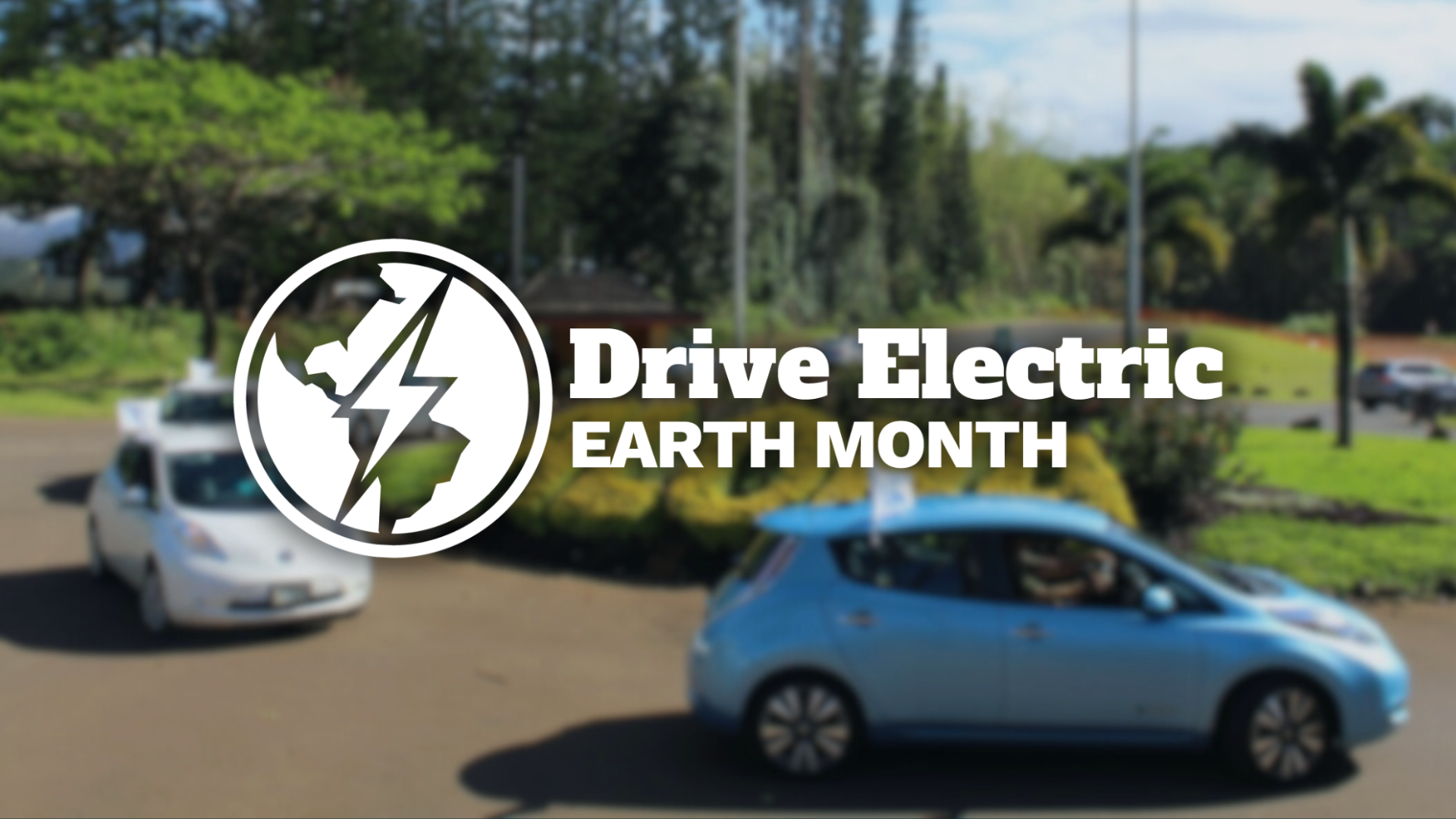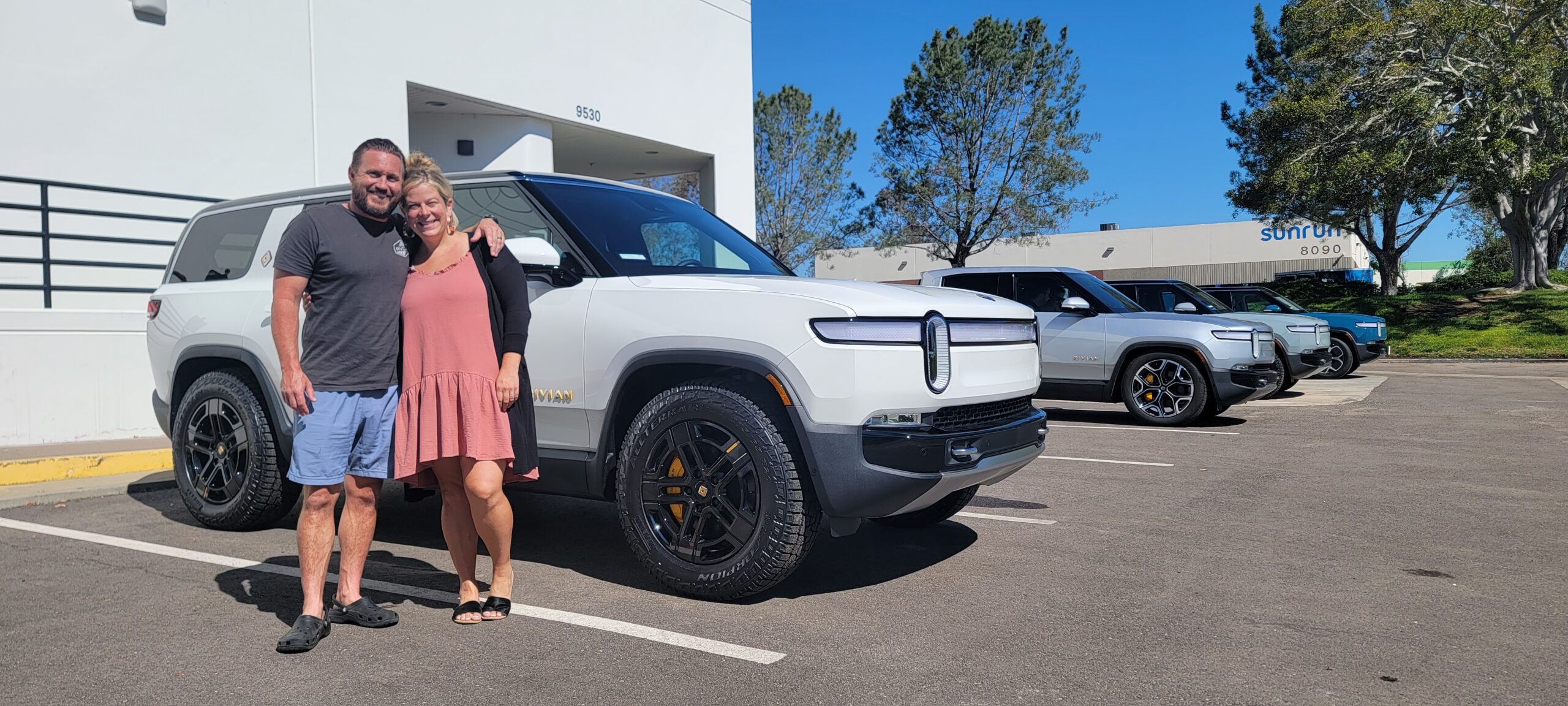By Yair Crane
In December 2017, I had the pleasure of co-leading the first New Energy Vehicle (NEV) Trade Mission to China from the United States since China declared an imminent ban on diesel and gas vehicles. (New energy vehicle is the Chinese term for all alternative fuel vehicles.) Visits to Shanghai, Jiangsu, and Guangdong allowed American CEOs and their representatives to meet with more than 40 leading companies, joint venture partners, investors, and teaming partners.
Today, there are an unprecedented number of alternative transportation technology offerings in the U.S., coupled with an ever-growing demand for new tech in China. In China, as in the U.S., subsidies have played a role in sales, as WSJ pointed out, but they are not the only factor and, as a percentage of EV price, Chinese subsidies are actually lower than those of some Scandinavian countries. In fact, the national government in China announced budget cuts which would end local and provincial subsidies for electric cars. This could be viewed as a vote of confidence from the government for both the technology and for the likely impacts of the zero-emissions mandate announced in September of 2017.
China registered 352,000 new electric vehicles (EVs) in 2016, more than twice the 159,000 cars registered in the U.S. during the same time period. And the trend in 2017 continues, as this chart from EV-Volumes demonstrates:

Sales and growth 2016 and 2017. Note H1 = first half of year.
Massive Investments
China is also making massive investments in EV charging infrastructure, installing 800,000 charging points including 100,000 public stations in 2017 alone. By comparison, the US has around 50,000 charging stations total.
China’s mandate that all major automakers in the market sell at minimum 10% EVs by the end of 2019 — and the eventual phase out of all combustion engine cars — will undoubtedly accelerate the electrification of the worldwide automotive industry. Ford, GM and Geely (Volvo) immediately announced plans to ramp up new EV models in response to the mandate, with Ford’s CEO predicting China would lead the global EV market.
U.S. auto manufacturers and technology suppliers are looking to expand their investments in vehicle  electrification to sell in the largest auto market in the world. With the world’s largest market moving forward, companies (regardless of where their headquarters is located and what their home country is doing) will need to increase, re-allocate, and shift resources toward electric vehicles – or they may not survive.
electrification to sell in the largest auto market in the world. With the world’s largest market moving forward, companies (regardless of where their headquarters is located and what their home country is doing) will need to increase, re-allocate, and shift resources toward electric vehicles – or they may not survive.
China EV Effect
Some have equated this “China EV effect” to the “California MPG effect on steroids.” Global auto manufactures have long produced vehicles to sell in the U.S., based on the standards of California – the largest U.S. car market, with the strictest emissions and vehicle efficiency regulations. This presents a golden opportunity for the resurgence of American auto manufacturing, by ramping up plug-in vehicle production – this would prove a boon for employment, trade and the economy. When one includes the commercial, bus, and heavy-duty truck sectors, the benefits for jobs, trade, and the economy multiply exponentially. Some prescient manufacturers (especially among luxury brands watching Tesla) got a head start on research and development, prompting their competition to play catch-up even before the China mandate.
…with the world’s largest market moving forward, companies …will need to increase, re-allocate, and shift resources toward electric vehicles – or they may not survive.
The rise of the connected-car, ride sharing, automatic driver assistance, autonomous driving, and related innovations have spurred additional investments in the billions of dollars within China. The U.S. must recognize the long-term economic importance of funding and investing in research, commercialization, and scaling of similar technologies as the new auto-mobility paradigm becomes entrenched worldwide, especially since these technologies can go hand-in-hand with EVs and EV charging infrastructure.
Collaboration between the U.S. and China on emerging technology adaptation and policies encouraging investments will further propel adaptation on a global scale, driving us closer to meeting ambitious climate and sustainability goals. The only question which remains is whether the U.S. will lead this charge, or follow?
Guest Blog by Yair Crane


